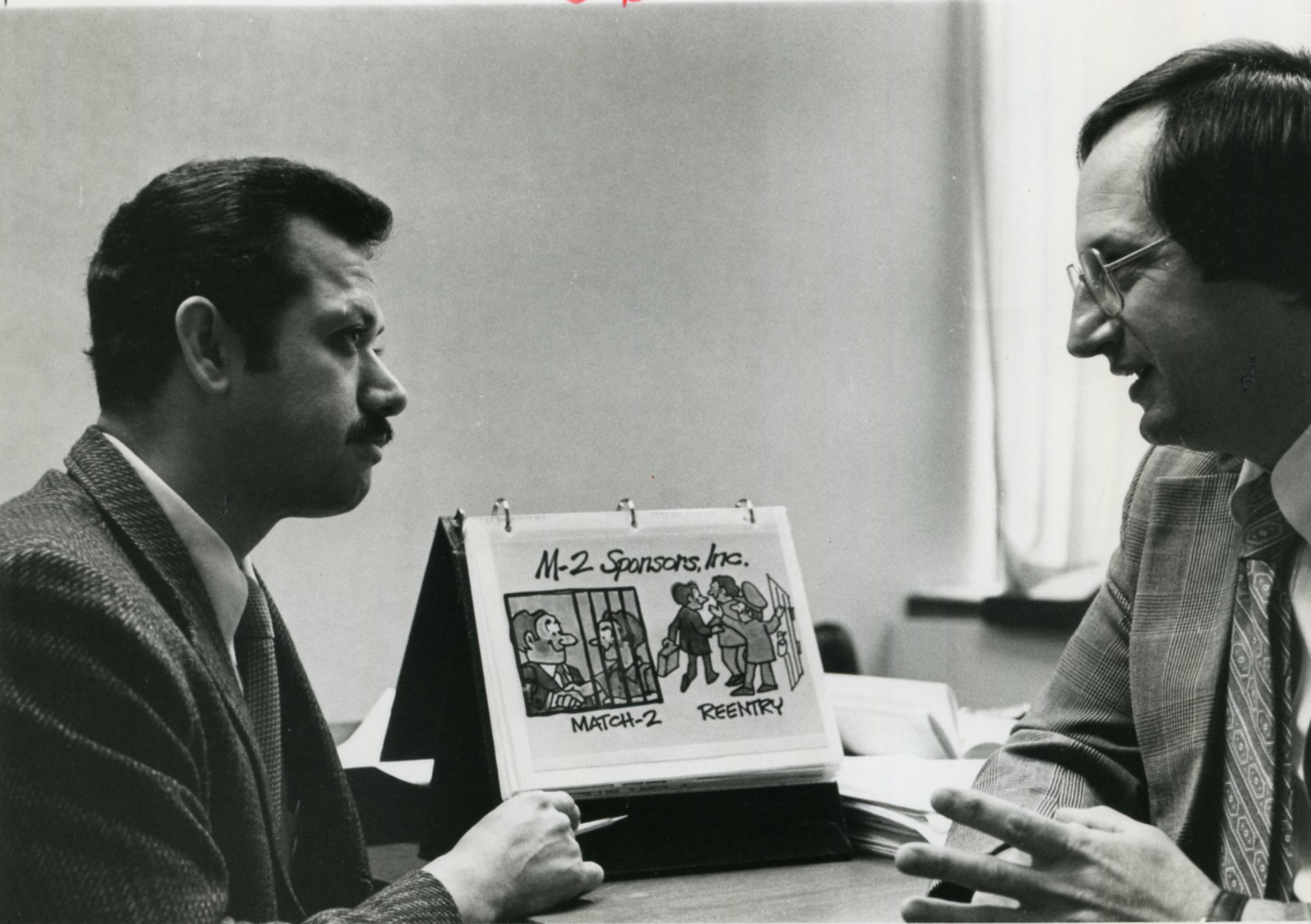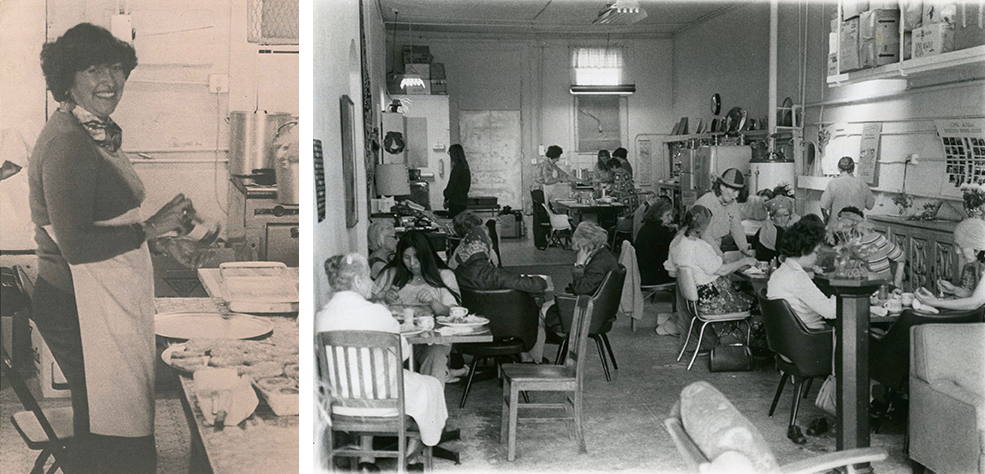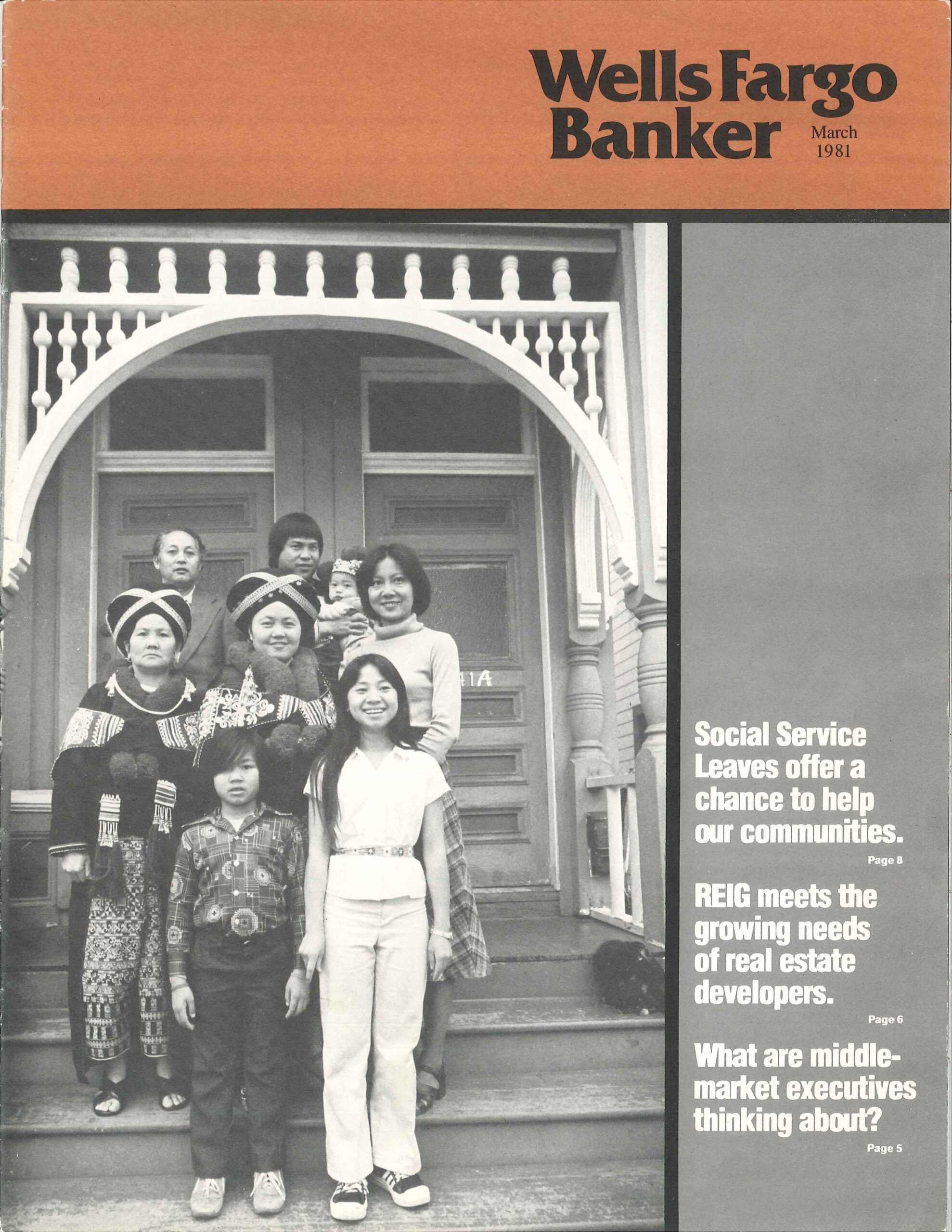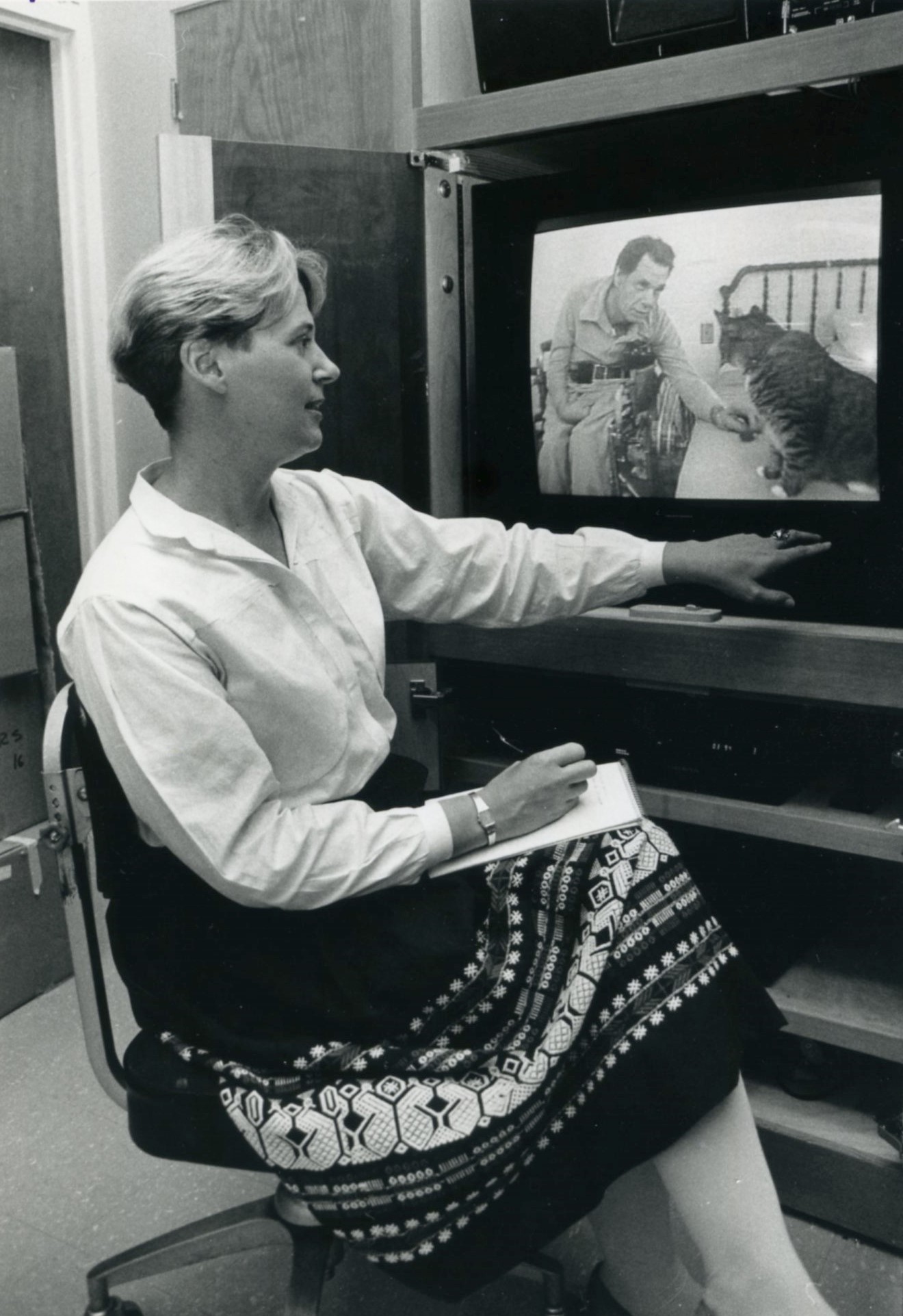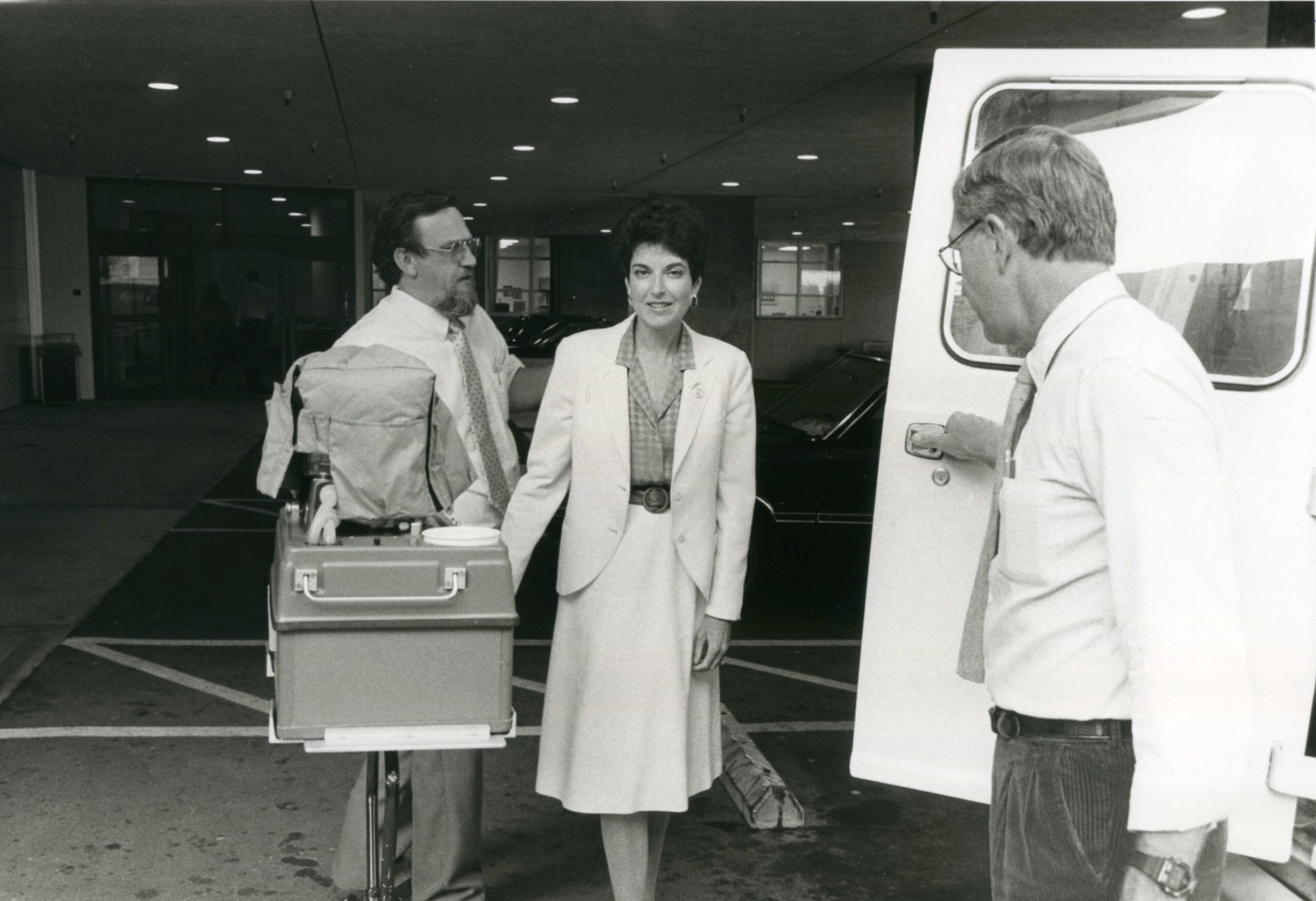Giving employees time to make an impact
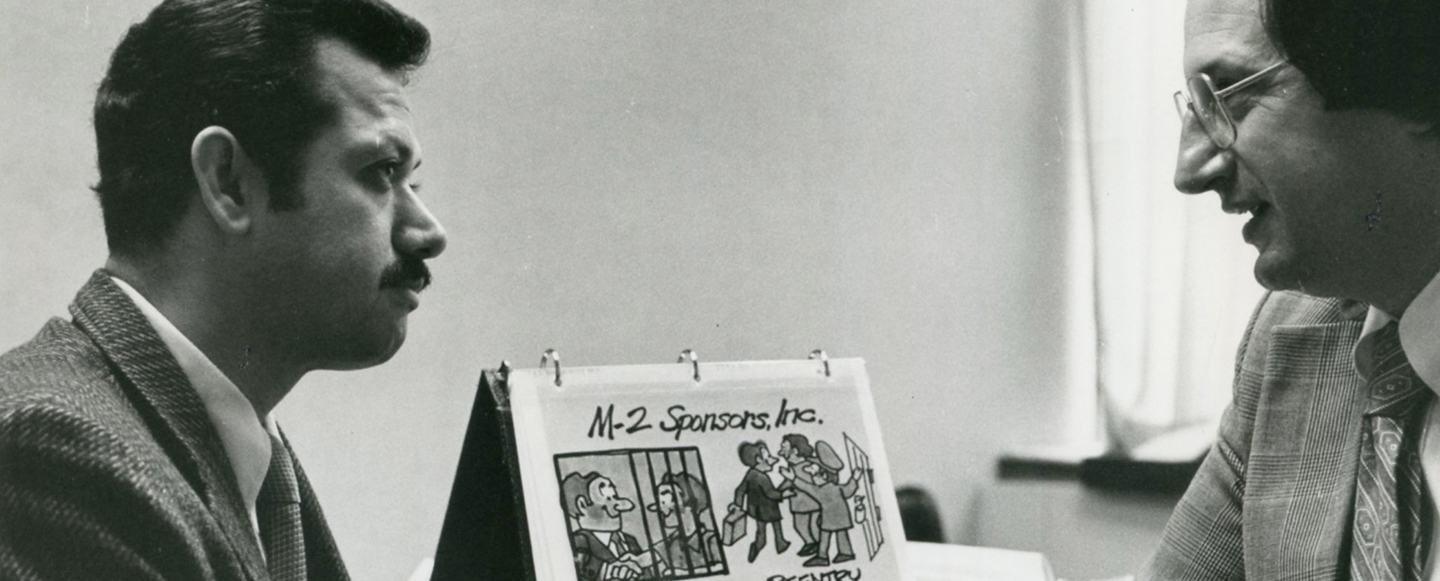
Created by committee
On November 6, 1975, the members of Wells Fargo’s Corporate Responsibility Committee (started in 1972) gathered for their bi-monthly meeting to evaluate the bank’s commitment to being a community partner for positive social change. Past meetings brought lively discussions around evaluations of the bank’s affordable housing and minority owned small business loan programs. Recommendations for more inclusive employment forms, donation policies, and club memberships also emerged in past agendas.
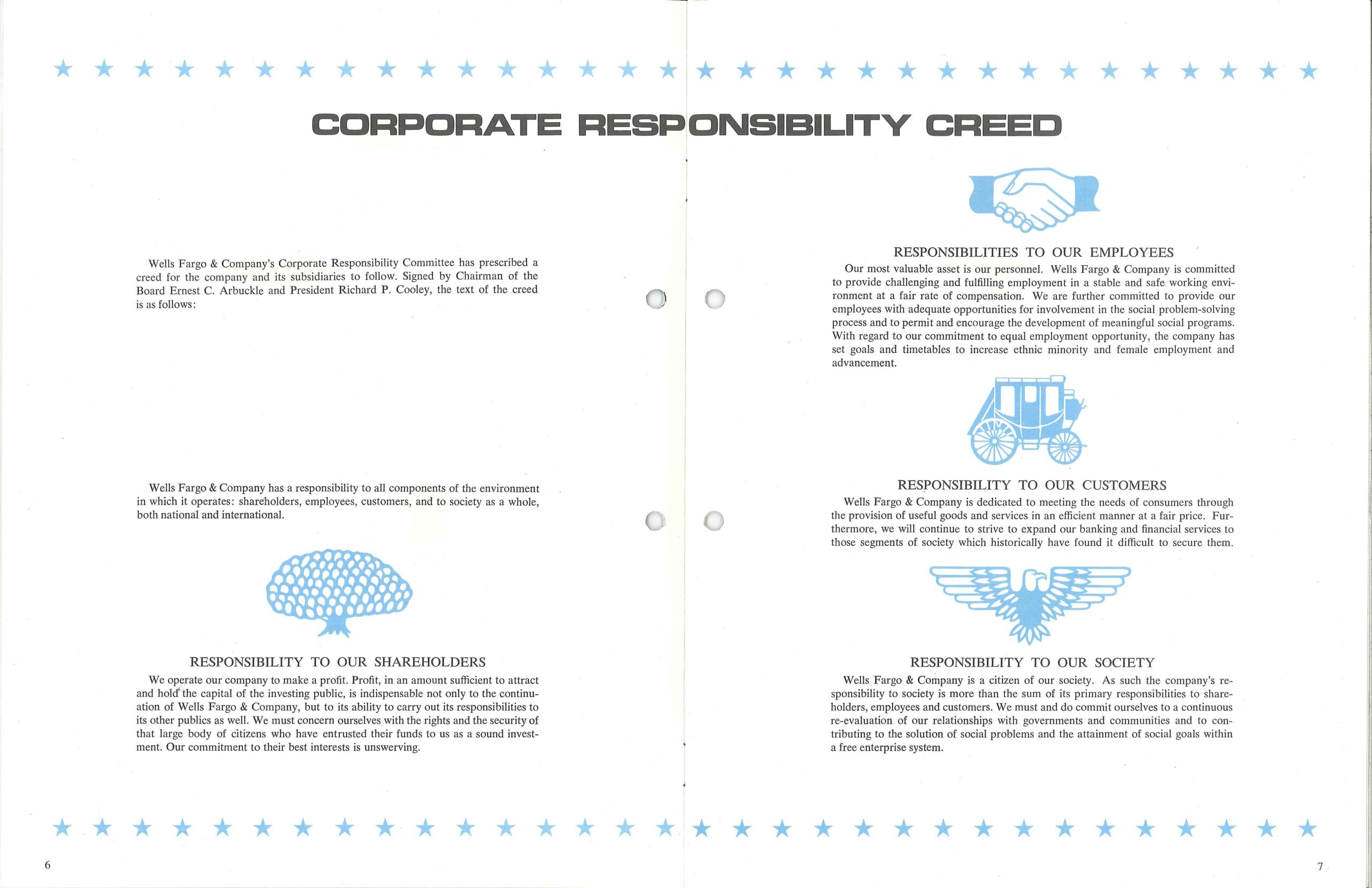
At this meeting, an idea for a new program was introduced by the committee’s Administrative Assistant Lou Cosso. He shared his research on an innovative program that another business had established that offered paid leave for service to the community.
Questions immediately emerged from other committee members. How long should a paid leave last? How many leaves should be granted at one time? What criteria should be used to evaluate the candidates? The one thing that was never questioned was if Wells Fargo should try it. Every member was in universal agreement that it would be a benefit to community partners who often needed personnel more than they needed money. The advantage for employees was also clear as many often contacted the committee asking to take active roles in helping the bank solve social problems.
By July 1976, the Social Service Leave program was in motion with bulletins in offices throughout the bank recruiting candidates. While a few other businesses had started similar programs, Wells Fargo became the first major bank in the nation to offer a paid leave for employees to help out at organizations of their choice.
Fred Romero from Wells Fargo’s Data Processing Division was the first employee selected to serve. Fred was born in Nicaragua, and had spent his early life in Costa Rica before attending City College in San Francisco. He started working for Wells Fargo while attending classes, and had been an employee for 10 years when his application for Social Service Leave was accepted. Fred had been volunteering as a tutor at the San Francisco County Jail in San Bruno. He used his six month paid leave as an opportunity to develop a stronger tutor program at the San Bruno jail and to work with a Hayward based prison inmate re-entry program.
Since 1976, the program has evolved. The length of paid leaves has shifted as the number of employees awarded a leave has expanded. Today, Wells Fargo provides an innovative and comprehensive portfolio of volunteer opportunities that allows for employees across the globe to engage where and how they want.
